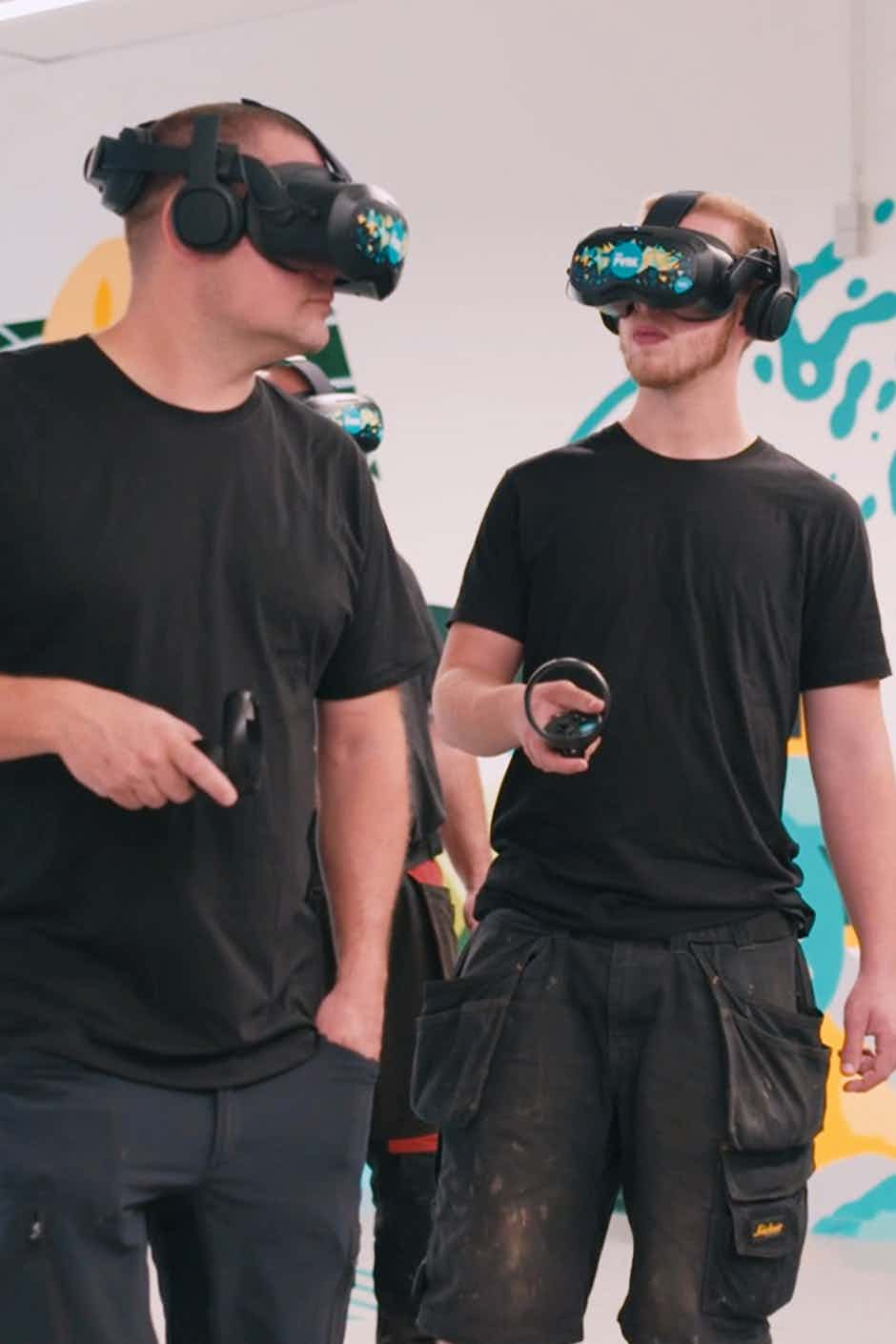Virtual Reality safety training
Traditional learning methods aren’t always the most effective way to train participants. The training where you have to listen to an instructor and take notes isn’t motivating for the participants to process all of the information being taught.
This VCA training provides a realistic and interactive experience to teach your team how to work safely in your typical industry environment.
Using virtual reality, workers can experience risky situations and learn how to handle them in real life to prevent injuries and accidents.
In collaboration with The Hazard Factory, we are revolutionising safety training in the Netherlands. Their developed VR software makes it easy to practice the safety measures learned in a safe learning environment. This training and expertise makes it easier for your team to put theory into practice, thus developing the right competences.

